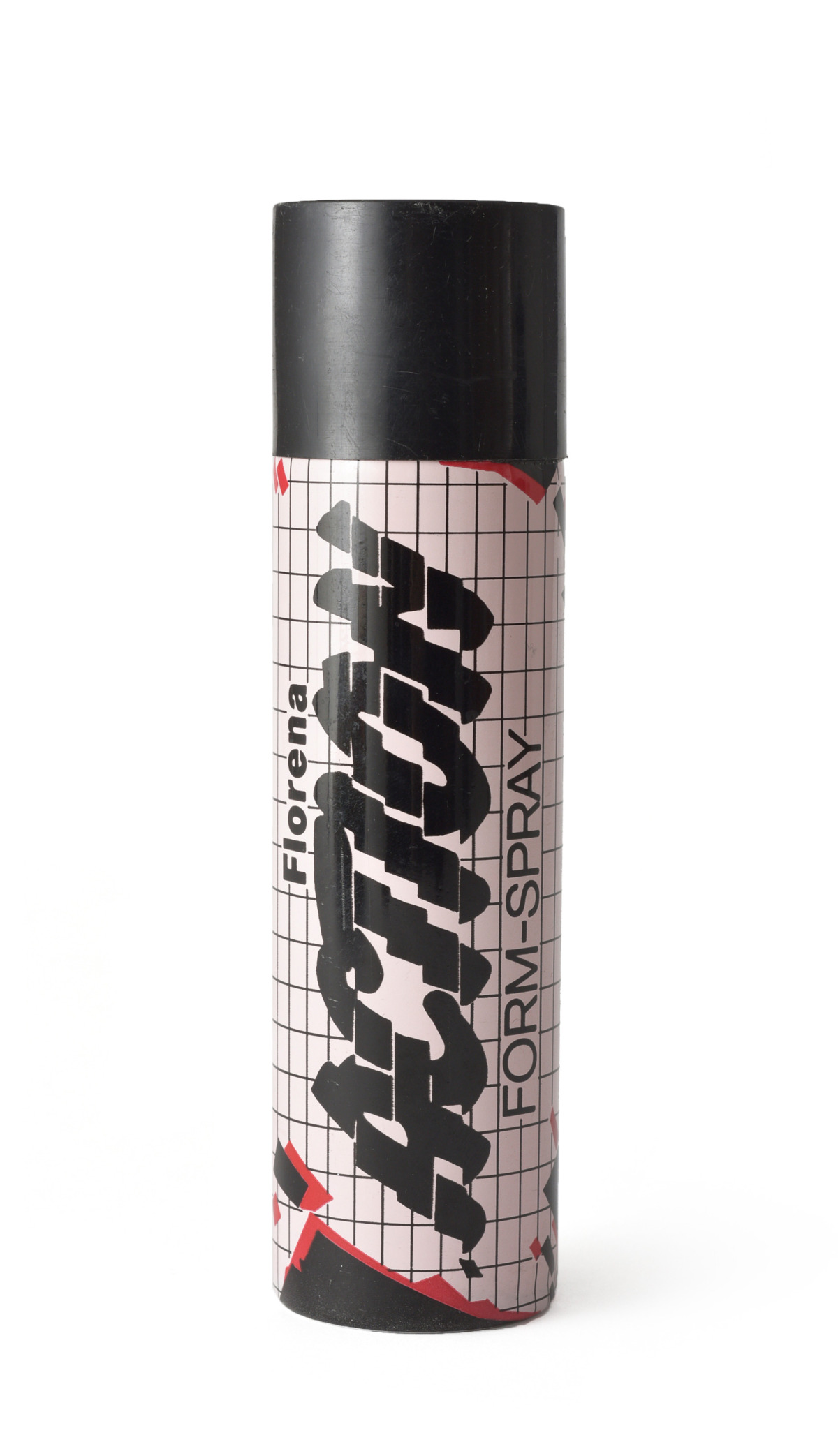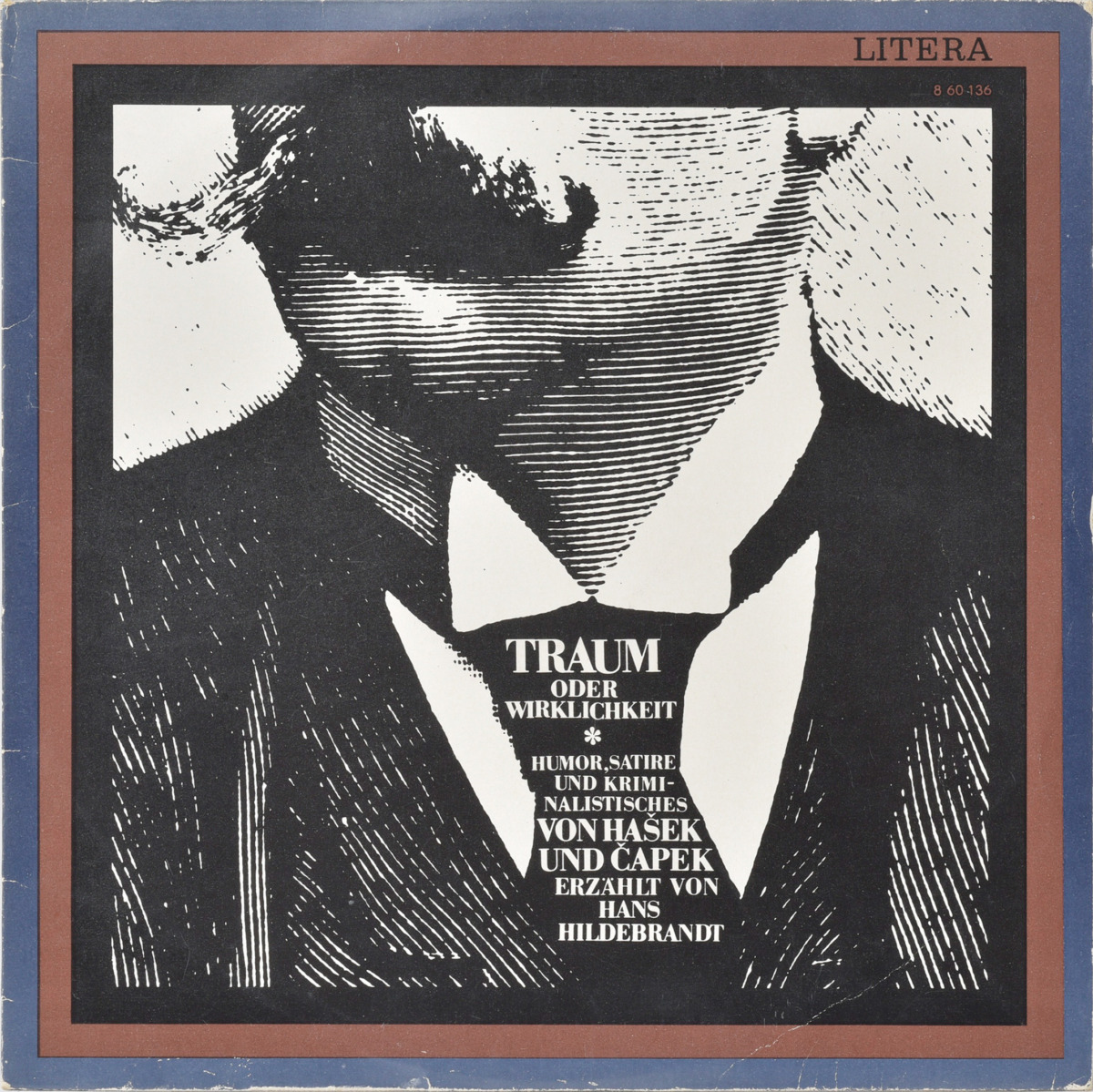In the exhibition “Masse und Klasse: Graphic Design in the GDR”, the Werkbundarchiv – Museum der Dinge presents designs for books, periodicals and phonograph records, as well as packaging, advertising and posters – works of commercial graphic design for mass production that shaped the day-to-day visual environment of East Germany.
The exhibition examines the characteristics of this part of the GDR’s aesthetic culture. What images, typefaces, materials and colours were used; what traits and qualities or references to international trends can we discern?
The exhibition presents and examines the various properties of selected designs for the consumer sector – many of them anonymous works, including packaging and advertisements – and well-known designs for the cultural sector, such as books and posters.
“Masse und Klasse: Graphic Design in the GDR” introduces illustrative examples of the people and organizational structures involved, and investigates the potentials and limitations of graphic design in the East Germany. Themes include the improvisation driven by an environment influenced by scarce resources and political exigencies.
With a nuanced look at the various fields of graphic design, the exhibition questions widespread judgements on the aesthetics of day-to-day life in the GDR – often described as “grey” or “pallid”.
While East German book and poster design met with appreciation at home and abroad, the often minimal styling of product packaging for domestic goods – and the emphasis on use value determined by the economic system – was considered ineffective. In any case, it failed to find favour with a broad consumer base in constant comparison with the highly distinctive and aestheticized Western consumer goods.
Yet it is interesting not just to see the “pale” East in contrast to the “golden” West, but to give due consideration to a different appraisal of East German product design: to Western aesthetics, the reduced design was sometimes valued as puristic, and used in a critique of Western consumer culture, which was felt to be unsustainable and too fashion-driven.
Similarly, the interest observed today in the design culture of the GDR is not simply an expression of nostalgia: it is best understood in the context of contemporary discussions of sustainability and self-sufficiency, of today’s do-it-yourself and “fix it, don’t toss it” culture.
The special exhibition “Masse und Klasse: Graphic Design in the GDR” will be accompanied by lectures, panel events and discussions.
Workshops for children, young people and families on topics of packaging, magazine design, and children’s book illustration will be offered in cooperation with the association Jugend im Museum.
Details on all these events will be available online at www.museumderdinge.de.







